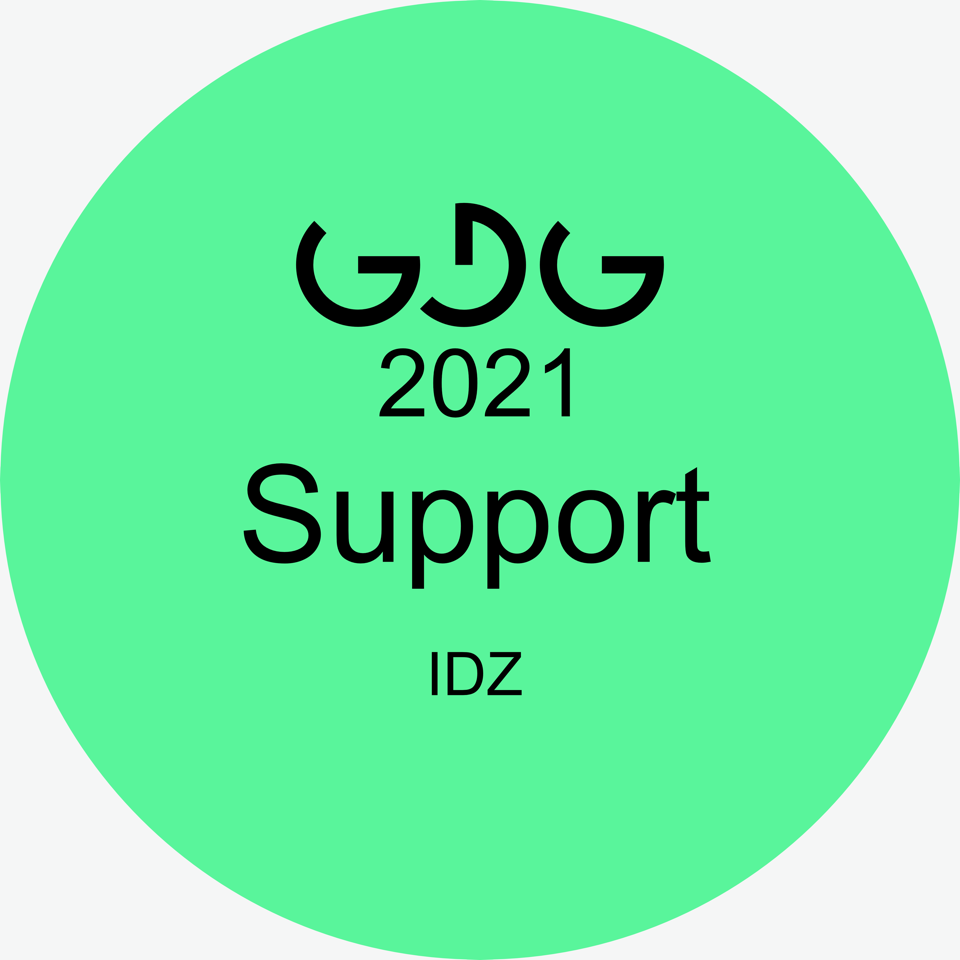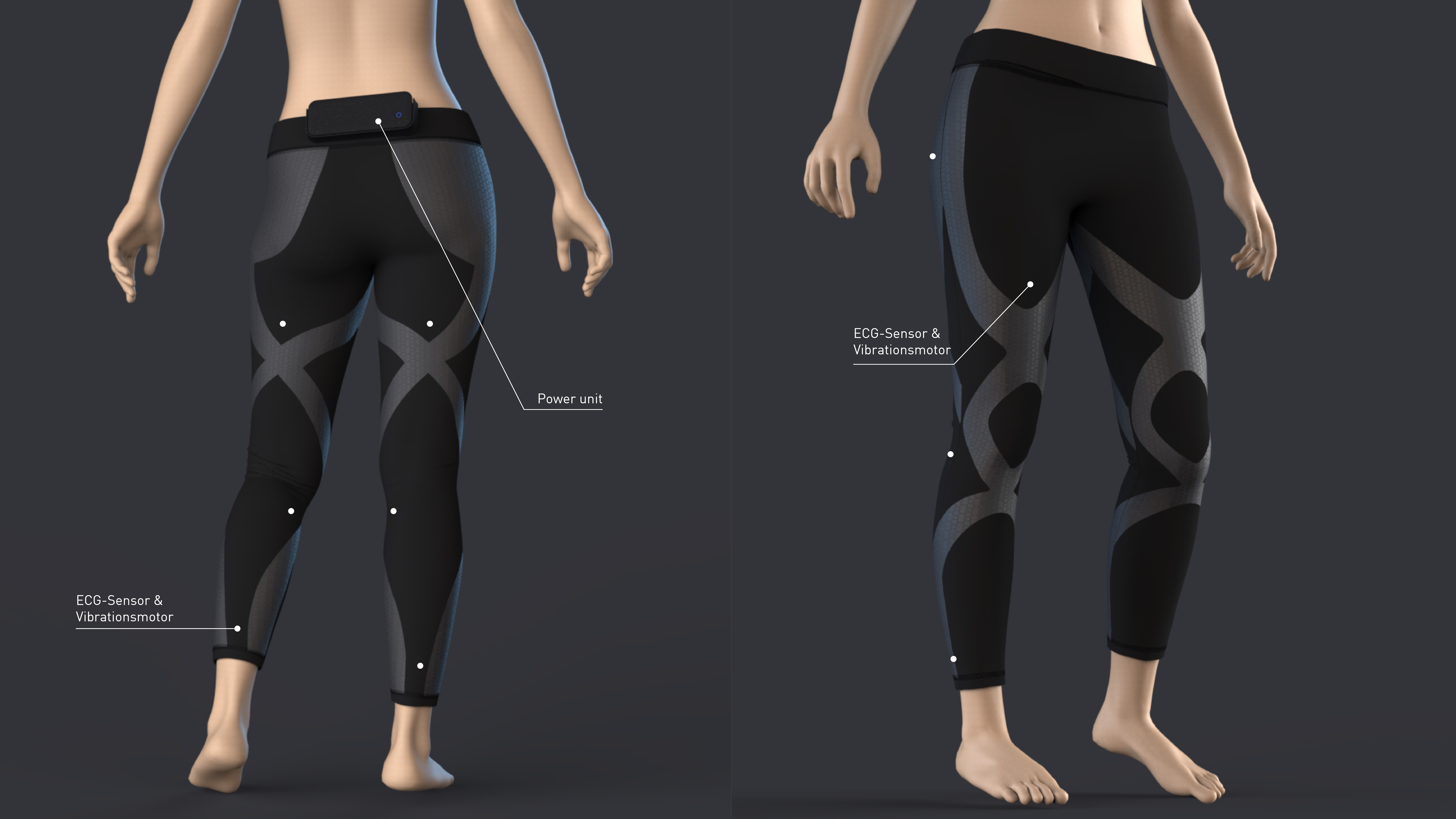NXTi
NXTi, your support with walking and personal rehab assistant



Stroke is the second leading cause of death worldwide and in Germany and one of the most common causes of disabilities in adulthood. Worldwide, one in four adults over the age of 25 will suffer a stroke in their lifetime. In one year, 13.7 million people worldwide will have their first stroke and 5.5 million people will die as a result.
Of the survivors, up to 50% have long-term restrictions, e.g. paralysis on one side in everyday activities such as moving around, taking care of the body or dressing and eating independently.
Of the survivors, up to 50% have long-term restrictions, e.g. paralysis on one side in everyday activities such as moving around, taking care of the body or dressing and eating independently.

The problem of stroke patients
The stroke patients spend most of the time at home. They might go to therapy two or three times a week for an hour at a time, but that is nowhere near enough. The rehabilitation process is tedious and they won't see any results in a short period of time. In addition, there are many reasons why patients give up in the middle of rehabilitation, such as: Impatience, the exercises are painful, traveling too far to therapy, financial and pressure to return to work, and much more. Not only does this increase the likelihood of another stroke, it also increases the risk of death after another stroke.
The stroke patients spend most of the time at home. They might go to therapy two or three times a week for an hour at a time, but that is nowhere near enough. The rehabilitation process is tedious and they won't see any results in a short period of time. In addition, there are many reasons why patients give up in the middle of rehabilitation, such as: Impatience, the exercises are painful, traveling too far to therapy, financial and pressure to return to work, and much more. Not only does this increase the likelihood of another stroke, it also increases the risk of death after another stroke.

Patients with hemiplegia, the most common result of a stroke, cannot move their bodies normally due to damage to nerve cells in the brain. For example, they often cannot walk or reach for things like. Therefore, they try to move in abnormal postures. The most common are the circumduction gait and the stepper gait. Not only does this damage the patient's bones and muscles, but it also has a detrimental effect on future rehabilitation. As a result, the patient may never walk normally and thus not be able to live normally.
How can we help stroke patients to regain their ability of mobility and healthy in home enviroment through personal rehabilitation treatment?
In the interviews with stroke patients conducted , I found out that the desire of many patients is to return to a normal life and not burden their families. For this reason, I want to create smart clothing that helps patients walk and rehabilitate. Being able to move freely is very important for patients. It is not only a mastery of one's own life, but also the possibility for patients to have their own freedom under control.


The NXTi System is designed for stroke patients with hemiplegia
The NXTi system is a smart leggings made of an innovative material, the textile muscle. The main muscles of the lower body are covered by the textile muscle and are supported by it. This allows the patient to walk and rehabilitate himself in the correct posture.
The NXTi system is a smart leggings made of an innovative material, the textile muscle. The main muscles of the lower body are covered by the textile muscle and are supported by it. This allows the patient to walk and rehabilitate himself in the correct posture.
ECG-Sensors & Vibration motors
Sensors measure body movements and vibration motors show which muscles to concentrate on and accordingly which muscles to activate during the exercise. The vibration motors indicate if the patient's body weight is imbalanced. The app gives prompt feedback and guides users through daily exercises, thus the brains get enough stimulation for a successful recovery.
Sensors measure body movements and vibration motors show which muscles to concentrate on and accordingly which muscles to activate during the exercise. The vibration motors indicate if the patient's body weight is imbalanced. The app gives prompt feedback and guides users through daily exercises, thus the brains get enough stimulation for a successful recovery.

Power unit
A power unit is inserted on the back of the leggings. This contains a PCB board, a bluetooth board and a battery. In addition, electronic components such as piezoelectric sensors and vibration motors are used throughout the leggings. The piezoelectric sensor detects electrical signals generated by moving muscles. The system can record all necessary data on muscle movement and thus make it available for analysis. All of this is important in understanding how the patient's individual body reacts to certain activities.
A power unit is inserted on the back of the leggings. This contains a PCB board, a bluetooth board and a battery. In addition, electronic components such as piezoelectric sensors and vibration motors are used throughout the leggings. The piezoelectric sensor detects electrical signals generated by moving muscles. The system can record all necessary data on muscle movement and thus make it available for analysis. All of this is important in understanding how the patient's individual body reacts to certain activities.


Magnetic closure
Magnetic closure ensures that the patient can put on the smart garments with just one hand, yet they are tight enough to stay in place
Magnetic closure ensures that the patient can put on the smart garments with just one hand, yet they are tight enough to stay in place

The app...
stored on it displays all data collected by the sensors in a user-friendly way. Users can read their training data in real-time and make adjustments while training. It also offers rehabilitation exercises so that patients can join in at home. With the app, however, patients don't have to wait for the big improvements to become apparent. In addition, with the consent of the patients, the information is passed on directly to their therapists and doctors, so that they receive more detailed information about the patients and their rehabilitation process and can thus better adapt the treatment to the needs of the patients at any time.
stored on it displays all data collected by the sensors in a user-friendly way. Users can read their training data in real-time and make adjustments while training. It also offers rehabilitation exercises so that patients can join in at home. With the app, however, patients don't have to wait for the big improvements to become apparent. In addition, with the consent of the patients, the information is passed on directly to their therapists and doctors, so that they receive more detailed information about the patients and their rehabilitation process and can thus better adapt the treatment to the needs of the patients at any time.

